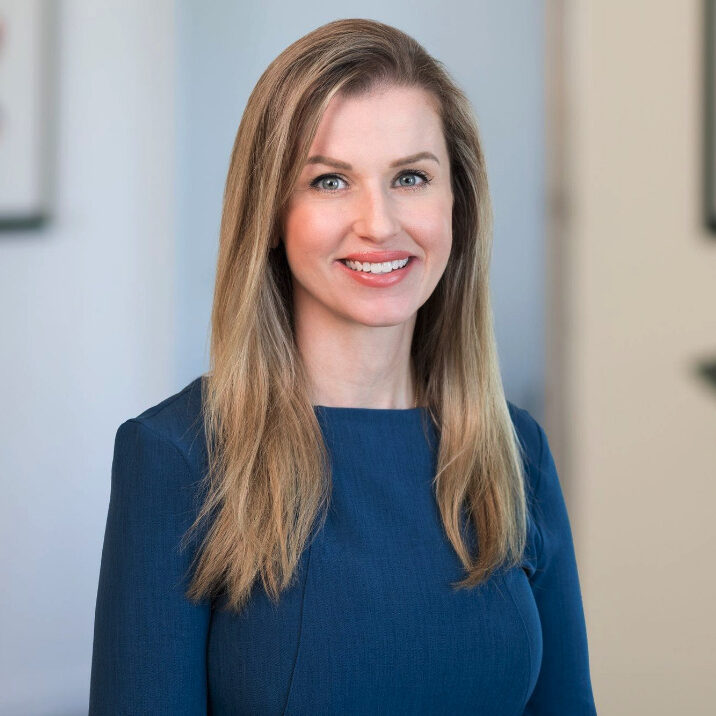
Virginia Wolk Marino
Partner
Crowell & Moring
Virginia Marino is a Partner in Crowell & Moring’s Intellectual Property practice and based in the Chicago office. She focuses her practice on all aspects of domestic and global brand protection, copyright, and unfair competition law. Virginia has extensive experience clearing pharmaceutical brand names for various large and mid-sized pharmaceutical companies, as well as trademark prosecution, enforcement, and counseling experience in the life sciences field.
Virginia’s trademark prosecution and counseling practice includes the acquisition, maintenance, licensing, enforcement, and transfer of intellectual property with an emphasis on the selection and clearance of trademarks. She partners with her large and small clients to develop, maintain, and enforce their global trademark portfolios.
As a litigator, Virginia represents clients in civil litigation in federal district court and Trademark Trial and Appeal Board (TTAB) oppositions and cancellation actions, and has extensive experience with domain name disputes under the Uniform Dispute Resolution Policy. She regularly assists clients with online intellectual property protection, including web-based trademark protection and vigilance. Virginia also has extensive in-house experience, as she was seconded to Accenture as in-house trademark counsel for over a year.
Prior to joining Crowell & Moring, Virginia was a shareholder at Brinks Gilson & Lione.

Recent Articles by Virginia Wolk Marino
The process of bringing a new pharmaceutical drug to market is time-consuming and expensive. The process of naming the new drug, while not as scientifically complex, is often no less work. Drugs have several names, including their chemical (or scientific), generic (or non-proprietary) and brand (or proprietary) names. The chemical name specifies the molecular structure of the drug. The generic name specifies the underlying compound of the drug and includes a “stem” that informs health care professionals about how the drug will work in the body. In the United States, generic names must be approved by the United States Adopted Names (USAN) Council and the World Health Organization (WHO) INN Programme. While the chemical and generic names may be available for use by others in the industry, the brand name—under which the new drug is typically marketed—is unique and exclusive to the brand owner and is the focus of this article.

![[IPWatchdog Logo]](https://ipwatchdog.com/wp-content/themes/IPWatchdog%20-%202023/assets/images/temp/logo-small@2x.png)